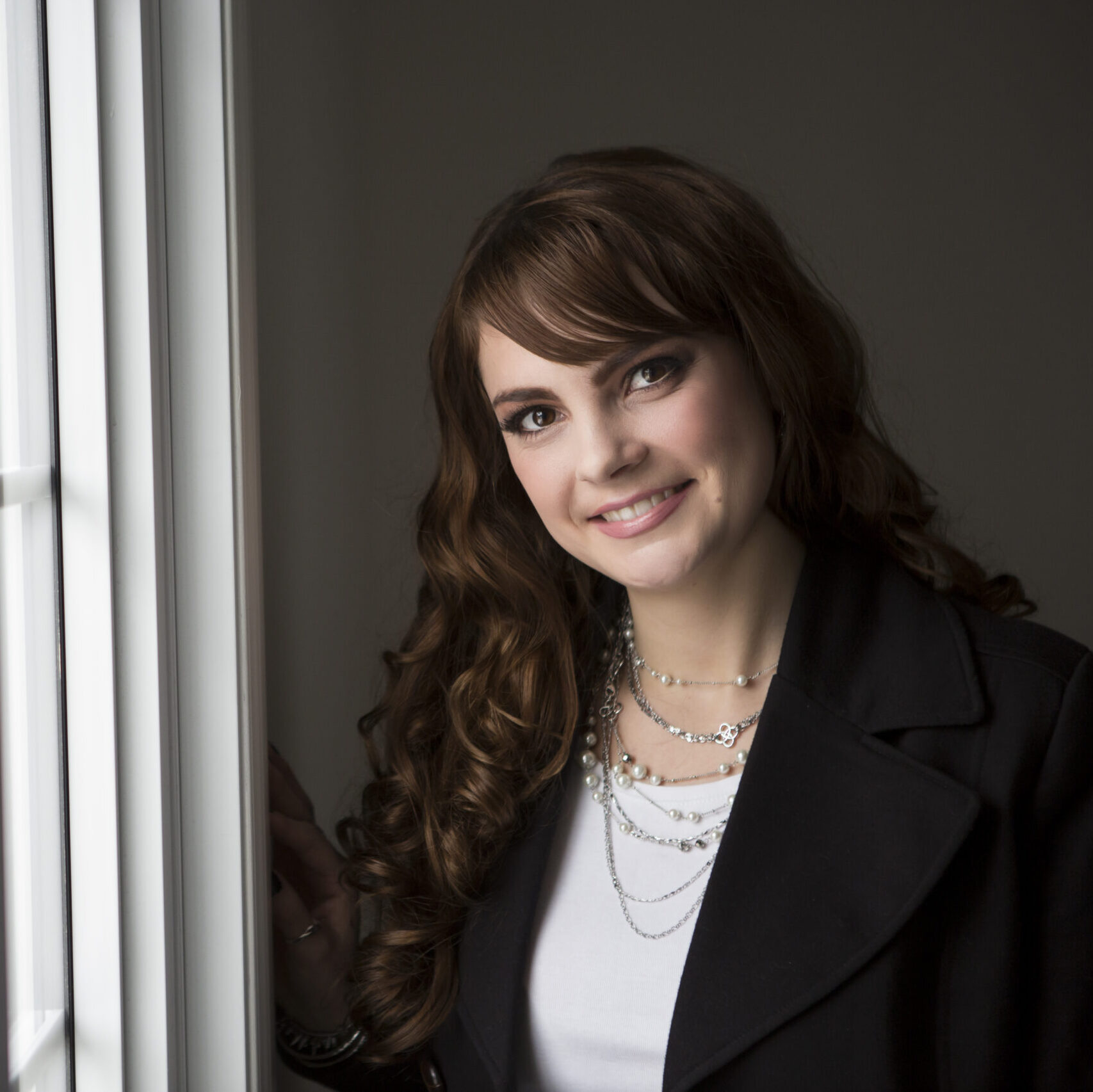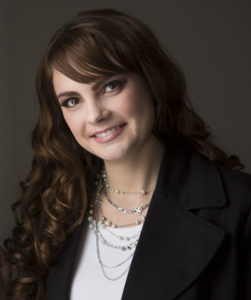Belfast, Northern Ireland – Leaving a Lasting Impression
Belfast is so multifaceted with its history, thriving modern culture and many tourist attractions, it left a lasting impression on me. The city has multiple pubs that have live music in the evenings and The Crown pub, which still has its original décor from the 19th century. I also enjoyed the music and atmosphere in Robinson’s pub. Belfast also has what is known as Europe’s most bombed hotel and you can find the Big Fish, built in 1999, in Donegal Quay. It is covered in ceramic tile, which showcase Belfast’s history through texts and images and the fish also servers as a time capsule.

One of my favorite stories I heard while in Belfast was from a tour guide who told us about Queen’s University. And so the story goes (not a direct quote):
In 1869 Belfast prepared for a visit from Queen Victoria. While they made the city beautiful, they also named several streets after her such as Victoria Street, Great Victoria Street, Queen Victoria Street, Little Victoria Street, etc. in the hopes to impress her and thus encourage her to proclaim Belfast a city. Queen Victoria came to Belfast and officially opened Queen’s University as was the intention of her visit, but unfortunately she did not dub Belfast a city.

The good news is that Belfast was proclaimed a city a few years later. Belfast was not what I was expecting with its beautiful city hall, clean streets and Victorian-style architecture. It was a modern city alive with shoppers and teenagers dressed in school uniforms, and interesting architecture. The locals were friendly and welcoming to tourists. They were happy to tell you some history, an anecdote about certain parts of the city or even just to chat.
Since, I am usually an off-season traveler so as to avoid major crowds and the higher prices, I was thankful that it was spring and the Botanic Gardens next to Queen’s University were in full bloom. The gardens have many different trees and flowers, which perfume the air with sweet scents. I couldn’t help but stop and smell the flowers on many of the trees with branches overhanging the walking path.
The greenhouse was warm and humid inside and the exotic trees and flowers were well kept and lush.

Belfastian Lingo
As a native English speaker, I had no problem understanding their accent, but some people could have a hard time understanding their quick laid-back speech full of slang and particular sayings.
Walk into to a souvenir shop and you will see t-shirts with the sayings “Norn Iron” and “what’s the craic?”
Asking a local, I learned that “Norn Iron” is how Northern Ireland sounds when pronounced quickly. I said it fast a few times and the local confirmed that I sounded like a Northern Irishman.
“What’s the crack?” was the other saying I asked the man about and he said “drugs”. I asked in shock, “really?” And he said, “no, that’s the craic!” and starting laughing. “Craic” means joke, and I immediately compared it to the commonly used saying I’m familiar with: “you crack me up.”

The Troubles
After a lesson in the Belfastian language, I took a tour of where the Troubles occurred: the part of the city where the Loyalists (Ulster/Unionists – self-identified as British & largely protestant) and the Nationalists (Irish and mainly Catholic) fought against each other. The Troubles lasted about 30 years and main actors were the Provisional Irish Republican Army (IRA) and the Ulster Volunteer Force (UVF). These decades were a period of violence, tragedies and segregation. There is so much history, that I won’t try to cover it in one short blog post, but you can read about it online and in books and I also recommend visiting the Ulster Museum (no admission fee) for more.

I tour a tour bus into the area including, Shankill Road and Falls Road. There hasn’t been any violence in years and the area is quiet. The guide said that we could hop off and walk around the area because it was safe, although, I wouldn’t feel comfortable there are night with the murals and history marking the streets.
The Troubles began in the late 1960’s, which coincided with the creation of the UVF and the first bombs were thrown into Catholic owned businesses. Belfast saw thousands of acts of violence, riots, gunfire, a strong military presence, curfews, internments without trials, hunger strikes, and hundreds of bombs we set off in public places, which became part of daily life of the city’s residents for the next 30 years. Even to go shopping in the city center required citizens to undergo body searches and passing through security gates. Over 3,500 people were killed during the Troubles and most were civilians.
The murals painted during the Troubles are striking and give an instant message, in some places acting as a warning or a “keep out” sign for the opposing side. One of the most saddening things I saw was the great wall set up to divide the two sides with barbed wire lining to top of the wall, which still stands today. The murals on the wall makes you pause and think about what a time the families on either side lived through.
I happened to be in Belfast before the Queen’s Jubilee so the loyalist area was decorated with the Union Jack and the store windows had displays of British paraphernalia. I could imagine at night during the Troubles how scary it would have been for a Nationalist or Catholic person to walk in these neighborhoods on their way home from work. At the time, with clear territorial lines demarcated by murals, flags and armed men, a tour guide who actually grew up in the part of town during the Troubles mentioned that people would watch which side of the road you crossed turned down so they know which side you belonged to. There is a gate, which is still closed to this day in the afternoon and the peace walls still stand.

The history of the city from the Victorian era to the Troubles is fascinating and it made me want to read more about it and then re-visit the city to appreciate it in a whole other light.
Have you visited Belfast? What was your favorite part? Did you walk around the Loyalist area?
Editorial note: The Troubles is a highly political issue and the author has tried to summarize the facts based on Belfast city tours and research. If any information contained therein is inaccurate, please email annotationseditorial (at) gmail (dot) com.












Thanks for the photographic journey through Belfast, a city rich in history and political strife. My husband and I both have ancestors of Catholic Irish descent and we find Ireland’s conflicts fascinating and horrific. I’ve always wanted to visit this beautiful country, as it’s part of our heritage, but he’s concerned about safety. Perhaps he’s right. At least we are able to see it through your eyes, Nicole.
I especially like the floral photos. Brava!
Its totally safe, at least, I felt that way. Belfast was a pretty quiet city at night and I really enjoyed it. I’d definitely recommend you booking your next trip there especially if you have some ancestry to explore. 🙂
Amazing pics! And of course, I loved the part about Belfast lingo.
I thought that’s be a hit with the writerly crowd. 🙂 Plus its just funny and interesting.
I’ve never been to Belfast, but I do want to visit. We have “the craic” all through Ireland 🙂
lol. Thanks for letting me know about the craic Emma. Its good to know it applies everywhere on the island. 🙂
Gorgeous photos, Nicole! My heritage is Irish and have always wanted to visit Ireland. It’s they had so much trouble but much like the US civil war. Where are you going next?
Hi Marcia,
I have some distant Irish ancestry as well. I’m working on a few more Irish posts. 🙂
I’ve never been to Belfast, but just the Republic of Ireland (I’d like to visit the North as well!). But I’m relatively sure – though maybe the Irish poster could confirm – that “craic” is more than a joke, kind of like general… good times. Like you could go “enjoy the craic at a pub” (which I definitely have!)